 |
||
|
||
| ||
|
|
Tweet | ||
This review starts a new subsection in testing of professional video cards produced for a sector of professional 3D graphics. We will engage video cards from a gaming sector as well because a lot of studios use gaming cards for 3D modeling. Although their range of application is not wide, we won't disregard this aspect.
One of the most popular packets in the professional 3D graphics sphere is 3D Studio MAX from Kinetix (subdivision of Autodesk). We will start our tests with this packet. Further, with a more experience and improved testing techniques, we will include more powerful and advanced programs.
First of all, we will analyze operation of 5 accelerators in the 3D Studio MAX: 3 professional cards and 2 ones from a gaming sector.
The Reference card NVIDIA Quadro2 Pro card has an AGP x2/x4 interface, 64 MBytes DDR SDRAM located in 8 chips on the right side of the PCB.
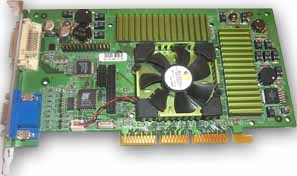
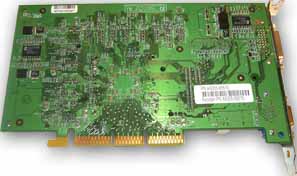
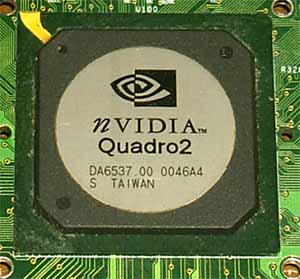
Brief technical characteristics:
The NVIDIA Quadro2 Pro serves a base for only one card - ELSA Gloria III which is a reference card from ELSA; it comes with special software, including a driver for operation with some packets for 3D modeling - MAXTreme (it is freely available at the NVIDIA's site).
The Reference card NVIDIA Quadro2 MXR card has an AGP x2/x4 interface, 32 MBytes SDR SDRAM located in 4 chips on the right side of the PCB.
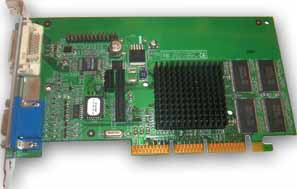

Brief technical characteristics:
The NVIDIA Quadro2 MXR serves a base also for only one card - ELSA Sinergy III which is a reference card from ELSA; it comes with special software, including a driver for operation with some packets for 3D modeling - MAXTreme.
The ATI FireGL2 card has an AGP x2/x4 interface, 64 MBytes DDR SDRAM located in 8 chips on the right and back sides of the PCB.
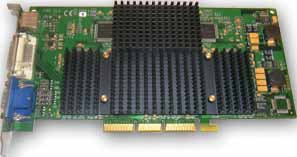
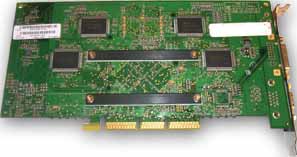
Brief technical characteristics:
This card was released by Diamond Multimedia yet before it amalgamated with S3 (today's Sonic Blue). When Sonic Blue decided to leave a video card sector its gaming and professional video cards were were sold to other companies. ATI Technologies became an owner of the FireGL family. Until now these accelerators were based on the IBM processors. And only starting from the RADEON 8500 the Canadian company announced a new line FireGL 8700/8800 based on its own GPU.
That is why this card has a BIOS from S3 Corporation and a software set from Diamond Multimedia.
The Gainward CARDEXpert GeForce3 PowerPack based on the NVIDIA GeForce3 has an AGP x2/x4 interface, 64 MBytes DDR SDRAM located in 8 chips on the right side of the PCB.
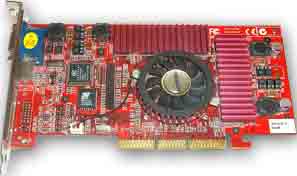
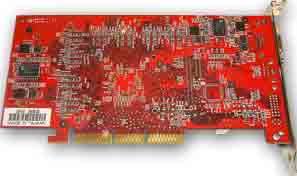
Brief technical characteristics:
There are quite a lot of experts in professional 3D graphics who use accelerators of the gaming class based on the NVIDIA processors. They work excellently in packets of the 3D Studio MAX level thanks to a debugged and multifunctional OpenGL driver.
The ATI RADEON 64 MBytes DDR VIVO on the ATI RADEON Graphics has an AGP x2/x4 interface, 64 MBytes DDR SDRAM located in 8 chips on the right and back sides of the PCB.
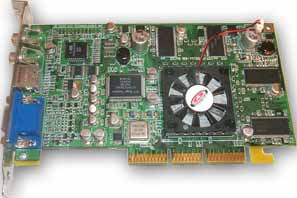
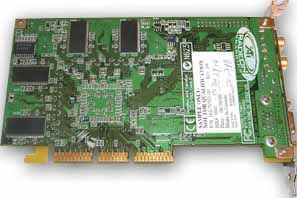
Brief technical characteristics:
The RADEON is a typical gaming accelerator which is not meant for professional 3D graphics and its software is not optimized for these purposes, but it was interesting for us to look at this card in the 3D Studio MAX, especially considering that there is already one gaming card on the NVIDIA and it is desirable to take a look at its competitor. Unfortunately, when we started these tests the ATI RADEON 8500 wasn't yet available (as well as the RADEON 7500), and we had to take the most powerful accelerator at that moment - RADEON 64 MBytes DDR.
Testbeds:
The tests were held on two operating systems: Windows NT 4.0 Service Pack 6 and Windows 2000 PRO Service Pack 2. For a new accelerator we reinstalled the system to avoid possible errors.
The tests were carried out in two resolutions: 1280X1024 and 1600X1200 at 32-bit color. We tested the card at the lower resolution, and checked whether the 3D MAX would work in the higher one. To estimate quality of drivers and operability of the accelerators under different APIs the tests were carried out in all available APIs - OpenGL, Direct3D and APIs from the chip manufacturers.
All scenes use omnidirectional light sources.
There are 5 scenes:
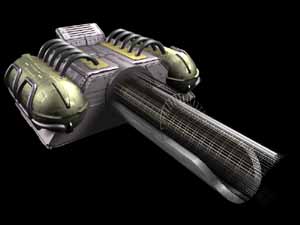

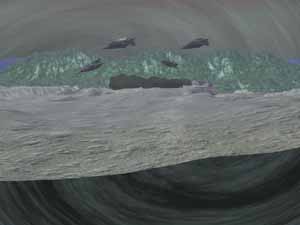


In these tests we focused on estimation of the speed of operation in different variants of shading of the preliminary rendering both in a large window and in small ones. We also fixed errors which occurred during the operation. The tests used standard settings of the 3D MAX and specially developed scenes which were different in complexity.
Each scene was viewed both in a full window and in 4 modes:
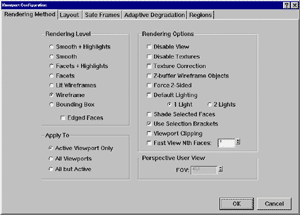



and in the 4-window mode, each window having its own mode - clockwise starting from "1 o'clock" - WireFrame, Facets, Smooth+HighLights, Smooth+HighLights, texture on, correction on.
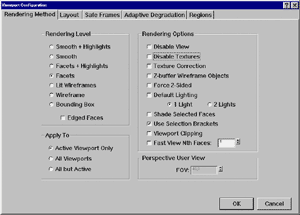
Settings for each scene can be changed in the contextual menu. All viewport parameters are set in the Viewport Configuration menu.
The visualization modes we took for the tests - wireframe, facets, smooth+highlights and smooth+highlights with texture correction - are used most of all in an everyday work:
[ Part 2 ]
[ Part 3 ]
[ Part 4 ]
[ Part 5 ]
Write a comment below. No registration needed!
|
Article navigation: |
| blog comments powered by Disqus |
| Most Popular Reviews | More RSS |
 |
Comparing old, cheap solutions from AMD with new, budget offerings from Intel.
February 1, 2013 · Processor Roundups |
 |
Inno3D GeForce GTX 670 iChill, Inno3D GeForce GTX 660 Ti Graphics Cards A couple of mid-range adapters with original cooling systems.
January 30, 2013 · Video cards: NVIDIA GPUs |
 |
Creative Sound Blaster X-Fi Surround 5.1 An external X-Fi solution in tests.
September 9, 2008 · Sound Cards |
 |
The first worthwhile Piledriver CPU.
September 11, 2012 · Processors: AMD |
 |
Consumed Power, Energy Consumption: Ivy Bridge vs. Sandy Bridge Trying out the new method.
September 18, 2012 · Processors: Intel |
| Latest Reviews | More RSS |
 |
Retested all graphics cards with the new drivers.
Oct 18, 2013 · 3Digests
|
 |
Added new benchmarks: BioShock Infinite and Metro: Last Light.
Sep 06, 2013 · 3Digests
|
 |
Added the test results of NVIDIA GeForce GTX 760 and AMD Radeon HD 7730.
Aug 05, 2013 · 3Digests
|
 |
Gainward GeForce GTX 650 Ti BOOST 2GB Golden Sample Graphics Card An excellent hybrid of GeForce GTX 650 Ti and GeForce GTX 660.
Jun 24, 2013 · Video cards: NVIDIA GPUs
|
 |
Added the test results of NVIDIA GeForce GTX 770/780.
Jun 03, 2013 · 3Digests
|
| Latest News | More RSS |
Platform · Video · Multimedia · Mobile · Other || About us & Privacy policy · Twitter · Facebook
Copyright © Byrds Research & Publishing, Ltd., 1997–2011. All rights reserved.